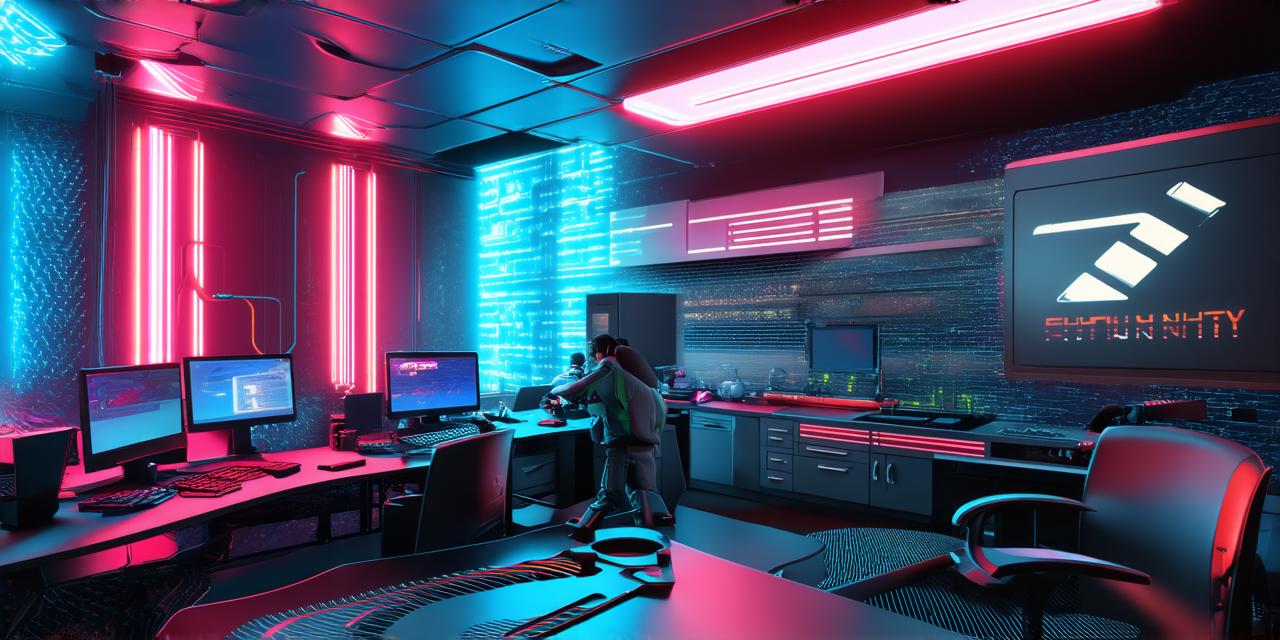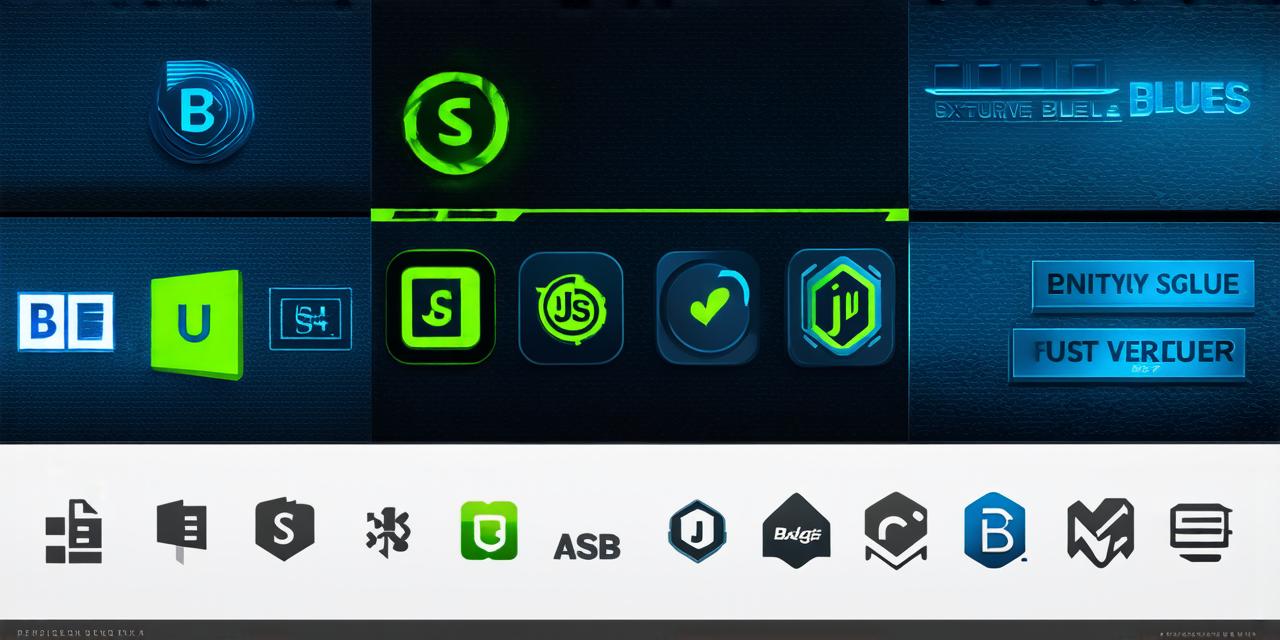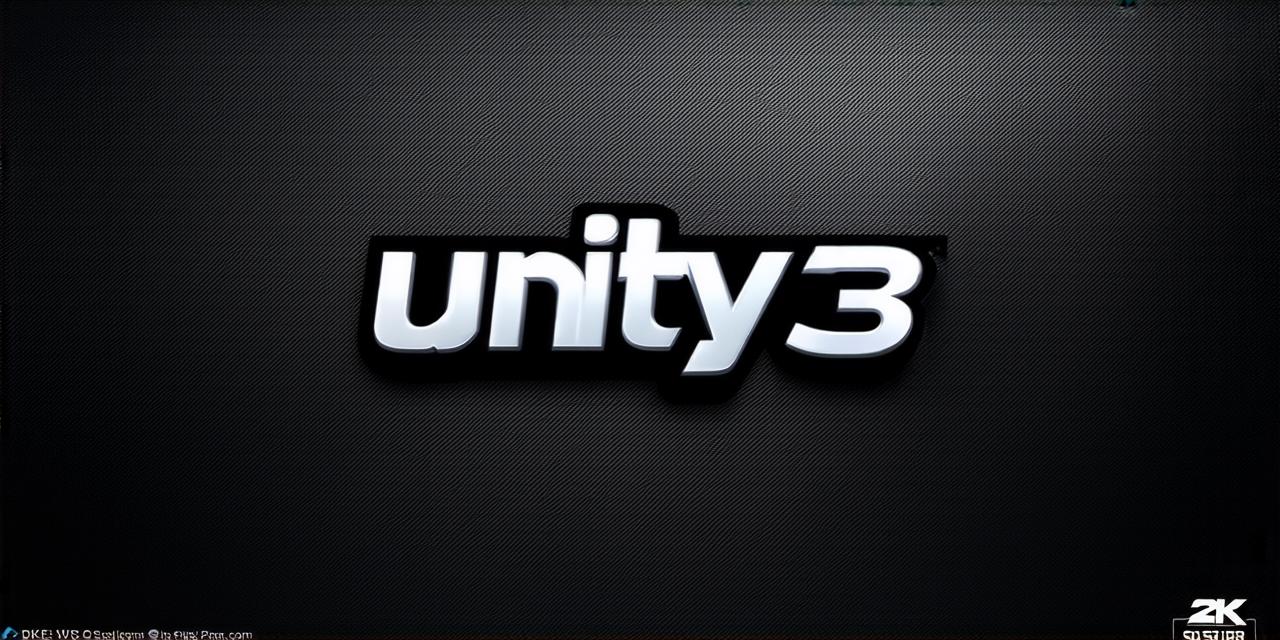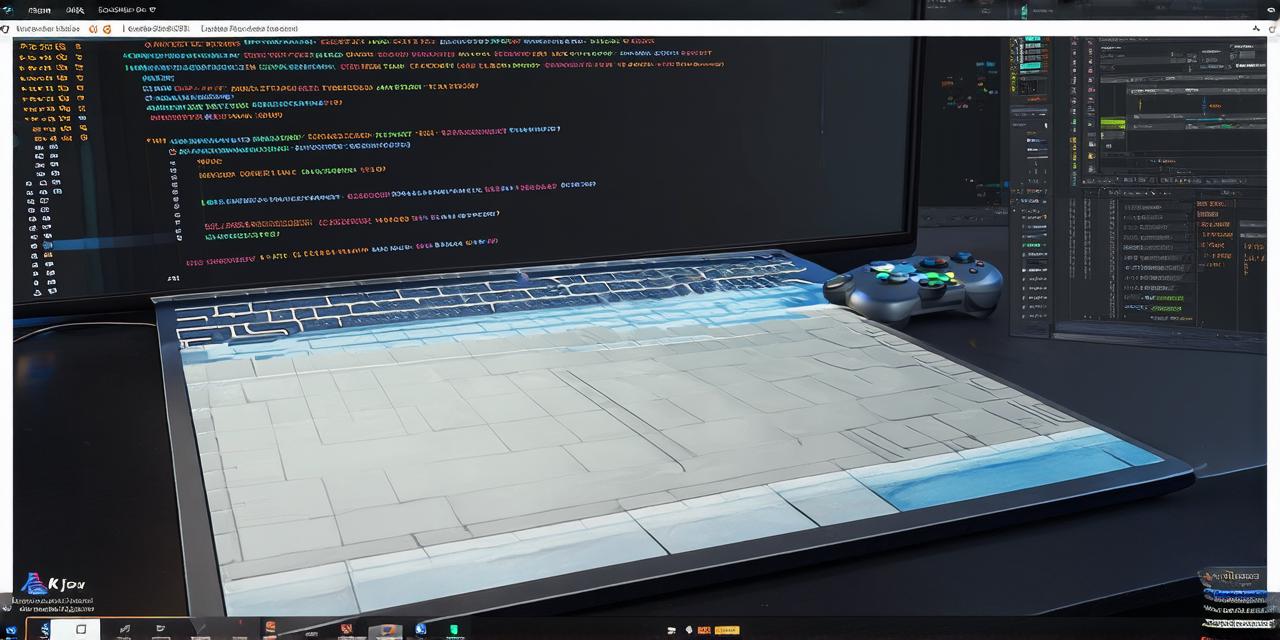As Unity 3D continues to grow in popularity, more and more developers are turning to this powerful game engine for creating immersive 3D experiences.
While the transition from 2D to 3D is an exciting one, it can also be a daunting task, especially if you’re just starting out with Unity. In this article, we’ll explore the pros and cons of beginning with 2D before moving on to 3D in Unity, so you can make an informed decision about which path to take.
The Pros of Starting with 2D
One of the biggest advantages of starting with 2D is that it’s much easier to learn and understand than 3D. In 2D, you only have to work with a two-dimensional plane, which means there are fewer variables to consider when creating your game or application.
Additionally, 2D can be much faster to develop and prototype, allowing you to get your ideas up and running quickly.
Another advantage of starting with 2D is that it’s often easier to find resources and tutorials online. Many Unity resources are geared towards 3D development, so starting with 2D can be a more straightforward process. Additionally, many popular games and applications are still built in 2D, which means you have a large pool of examples to draw from when learning the ins and outs of game development.
The Cons of Starting with 2D
While starting with 2D has its advantages, there are also some potential downsides to consider. One of the biggest disadvantages is that you may become too comfortable with 2D and struggle to make the leap to 3D later on. This can be a problem if you eventually decide that you want to create more immersive experiences with depth and realism.
Additionally, starting with 2D can limit your potential as an Unity developer. While many successful games and applications are still built in 2D, the demand for 3D content is growing rapidly, and many companies are now looking for developers with experience in both 2D and 3D development. By not learning 3D early on, you may miss out on valuable opportunities to expand your skillset and grow as a developer.
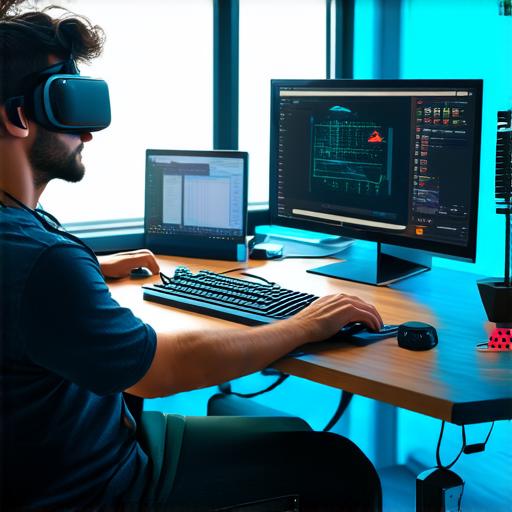
The Pros of Starting with 3D
While there are certainly some advantages to starting with 2D, there are also some compelling reasons why you might want to start with 3D in Unity. One of the biggest advantages of starting with 3D is that it allows you to create truly immersive and realistic experiences. With 3D, you can add depth and dimension to your game or application, making it more engaging and interactive for players.
Additionally, starting with 3D can help you develop valuable skills that are in high demand in the gaming and application development industries. As we mentioned earlier, many companies are now looking for developers with experience in both 2D and 3D development, so learning 3D early on can give you a competitive edge in the job market.
The Cons of Starting with 3D
While starting with 3D has its advantages, there are also some potential downsides to consider. One of the biggest disadvantages is that it can be much more difficult and time-consuming to learn and understand than 2D. In 3D, you have to deal with multiple dimensions and variables, which can make it harder to create complex scenes and animations.
Additionally, starting with 3D can be more expensive than starting with 2D. Unity 3D has a steeper learning curve and requires more advanced hardware and software, which can add up over time. If you’re just starting out as a developer, it may not be feasible to invest in the necessary equipment right away.
